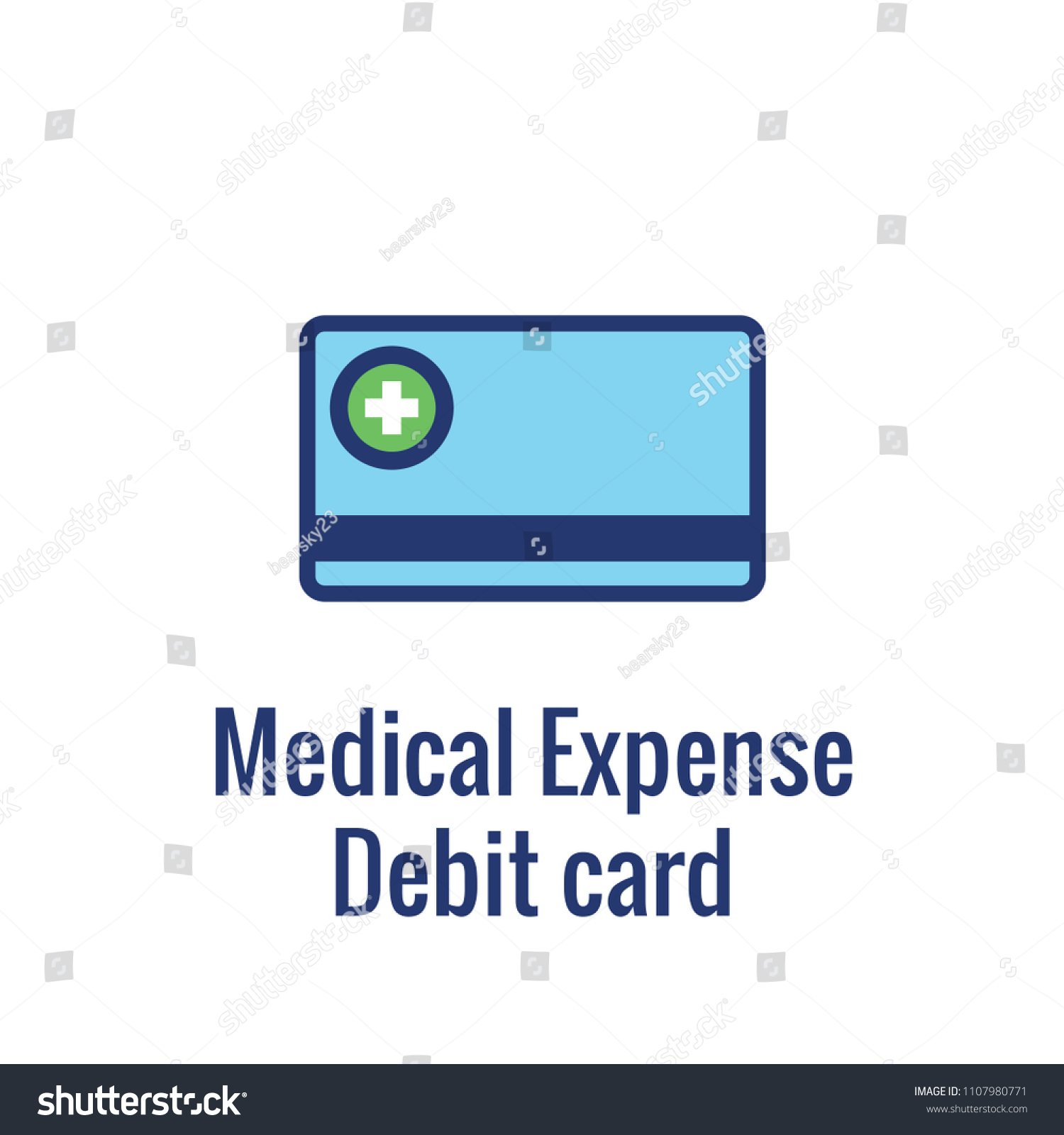The world of health savings can be a complex and confusing place, especially when it comes to understanding the benefits and rules surrounding Health Savings Accounts (HSAs) and Flexible Spending Accounts (FSAs). As a savvy individual looking to maximize your tax savings, it’s essential to grasp the ins and outs of these two popular health savings options. In this comprehensive guide, we’ll delve into the details of HSAs and FSAs, exploring their definitions, benefits, and limitations, as well as providing expert tips on how to make the most of these tax-advantaged accounts.
Defining HSAs and FSAs
Before we dive into the nitty-gritty, let’s start with the basics. A Health Savings Account (HSA) is a tax-advantaged savings account available to individuals with high-deductible health plans (HDHPs). Contributions to an HSA are tax-deductible, and the funds grow tax-free, allowing you to save for qualified medical expenses without incurring taxes on the earnings. On the other hand, a Flexible Spending Account (FSA) is a tax-advantaged account that allows you to set aside pre-tax dollars for qualified medical expenses or dependent care expenses.
Key Benefits of HSAs
So, why should you consider an HSA? For starters, HSAs offer a triple tax benefit: contributions are tax-deductible, earnings grow tax-free, and withdrawals for qualified medical expenses are tax-free. This means that you can save for healthcare expenses while reducing your taxable income, allowing you to keep more of your hard-earned money. Additionally, HSAs are portable, meaning that you can take the account with you if you change jobs or retire. This flexibility, combined with the potential for long-term savings growth, makes HSAs an attractive option for those looking to save for future healthcare expenses.
Key Benefits of FSAs
FSAs, on the other hand, offer a different set of benefits. One of the primary advantages of FSAs is that they allow you to set aside pre-tax dollars for qualified expenses, reducing your taxable income and lowering your tax liability. FSAs are also relatively easy to administer, with many employers offering FSA programs as part of their benefits packages. However, it’s essential to note that FSAs are subject to the “use-it-or-lose-it” rule, meaning that any unused funds at the end of the plan year are forfeited.
Comparing HSAs and FSAs
So, how do HSAs and FSAs stack up against each other? The key differences lie in their eligibility requirements, contribution limits, and portability. HSAs are only available to individuals with HDHPs, while FSAs are available to anyone with a qualifying employment arrangement. HSAs have higher contribution limits than FSAs, and the funds in an HSA can be carried over from year to year, whereas FSA funds are subject to the “use-it-or-lose-it” rule.
| HSA | FSA | |
|---|---|---|
| Eligibility | HDHP required | Qualifying employment arrangement |
| Contribution Limits | 3,600 individual, 7,200 family (2023) | $2,850 (2023) |
| Portability | Portable | Not portable |
| Carryover | Yes | No (subject to “use-it-or-lose-it” rule) |

Expert Tips for Maximizing Tax Savings
Now that we’ve covered the basics, let’s dive into some expert tips for maximizing your tax savings with HSAs and FSAs.
- Contribute aggressively: Take advantage of the tax benefits by contributing as much as possible to your HSA or FSA.
- Use it for qualified expenses: Ensure that you use the funds in your HSA or FSA for qualified medical expenses or dependent care expenses to avoid taxes and penalties.
- Keep receipts and records: Maintain accurate records of your expenses and receipts to support your claims and avoid audits.
- Consider a Limited Purpose FSA: If you have an HSA, consider contributing to a Limited Purpose FSA for eligible expenses, such as dental or vision care.
- Review and adjust: Regularly review your HSA or FSA contributions and adjust as needed to ensure you’re maximizing your tax savings.
It's essential to note that the rules and regulations surrounding HSAs and FSAs can change, so it's crucial to stay informed and consult with a tax professional or financial advisor to ensure you're making the most of these tax-advantaged accounts.
FAQs
Can I have both an HSA and an FSA?
+Yes, you can have both an HSA and an FSA, but the type of FSA you can have may be limited. If you have an HSA, you can only contribute to a Limited Purpose FSA or a Dependent Care FSA.
How do I enroll in an HSA or FSA?
+To enroll in an HSA or FSA, you typically need to sign up during your employer's open enrollment period or within a certain timeframe after becoming eligible. You can also enroll in an HSA on your own through a qualified HSA provider.
Can I use my HSA or FSA for non-medical expenses?
+No, you can only use your HSA or FSA for qualified medical expenses or dependent care expenses. Using the funds for non-qualified expenses may result in taxes and penalties.
In conclusion, HSAs and FSAs are powerful tools for saving for healthcare expenses while reducing your tax liability. By understanding the benefits and limitations of each account type and following expert tips for maximizing tax savings, you can make informed decisions about your health savings strategy. Remember to stay informed about changes to the rules and regulations surrounding these accounts, and consult with a tax professional or financial advisor to ensure you’re making the most of these tax-advantaged opportunities.


